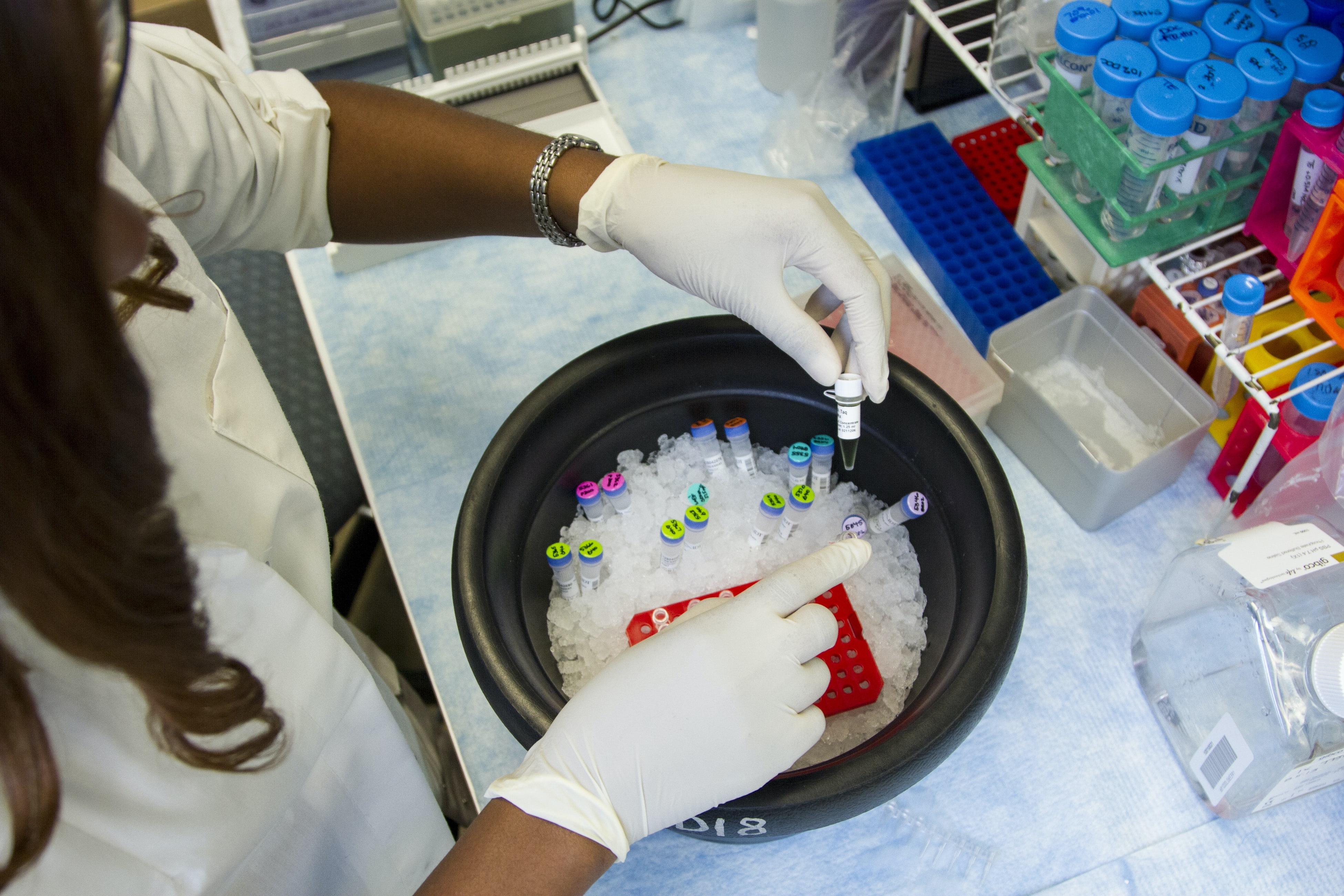When referring to the accuracy of COVID-19 tests you’ll likely hear these two words.
Here’s why they’re important.
Sensitivity
The chance of the test correctly identifying positive results.
e.g. If 100 people with the virus were given a test with 95% sensitivity, 95 of the tests would come back positive and 5 would incorrectly come back negative.
Specificity
The chance of the test correctly identifying negative results.
e.g. If 100 people without the virus were given a test with 95% specificity, 95 of the tests would come back negative and 5 would incorrectly come back positive.
Why is this important?
95% sounds like a fairly accurate indicator on face value.
However, when applied to a very large number of test subjects even small percentages of error can have big impacts.
For example, a group of 10,000 people are sampled from the population for testing.
100 have the virus, the other 9900 do not, but this is unknown to the testers.
The tests come back reading 590 positive and 9410 negative:
95% x 100 = 95 True Positives
5% x 9900 = 495 False Positives
95% x 9900 = 9405 True Negatives
5% x 100 = 5 False Negatives
So there are over 5 times as many false positives as there are true positives.
When this exercise is scaled up to the size of a population you could end up with millions of erroneous results.
How do we get a perfect test?
A 100% perfect test is currently only hypothetical. That’s not to say we shouldn’t keep pushing for as close to perfect as possible, in the previous example you can see how many more correct results even 1% difference could mean over millions of test.
The best step we can take is only to test those who have or have had symptoms of Covid-19. By limiting the test group to those who are likely to be positive we will dramatically reduce the incidence of false positives.
Specificity is the only marker that matters
The behavioural recommendations for any negative test result – whether you have symptoms or not – is to remain isolated. If you become very unwell call 111 or go to hospital. This is why false negative results are not a concern – the worst case scenario is that someone who is immune stays inside longer than they need.
However, a false positive result could suggest that someone has immunity when they do not – and therefore may become infected and spread the virus.
This is why focus needs to be on achieving the highest rates of specificity possible.



